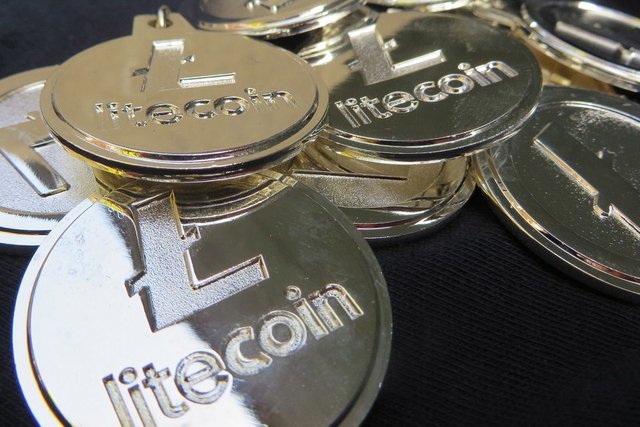How and Why Yours Moved from Bitcoin to Litecoin Posted by Kyle Torpey | Jun 29, 2017 |

Recently, micropayment-powered content monetization platform Yours switched from bitcoin to litecoin as its cryptocurrency of choice. On the latest episode of Let’s Talk Bitcoin, Ryan X. Charles, who is the CEO of Yours and now refers to the project as “Medium with a paywall”, was interviewed by host Adam B. Levine.
During the interview, Charles discussed the various problems Yours had with bitcoin, why they switched to litecoin, and how easy it was to make the transition.
Bitcoin’s High Fees Became Prohibitively Expensive
Around the time that the interview took place, Charles noted that bitcoin transaction fees had hit an average of roughly $3.
“This is quite expensive,” said Charles. “Even if you’re going to use a micropayments solution like the Lightning Network or like the one we built, you still have to open payment channels.”
In terms of payment channels, Charles also noted that multiple transactions are needed when using currently-available solutions, which would mean multiple transactions and more fees.
“From the point of view of a social media app, the thought that we’re going to have to charge our users $9 and all that money just goes to bitcoin miners before they can use our app is incredibly expensive,” said Charles. “That’s a huge onboarding cost. It’s a big deterrent to anybody using it.”
Charles also pointed out that a $9 transaction fee on a $100 deposit, which would likely be a large deposit on a micropayments-focused platform like Yours, would essentially be a 9 percent fee on deposits.
“That’s not even competitive with PayPal or something like that,” said Charles. “Even with these payment channel technologies, the fees on Bitcoin have gotten so high that it’s really prohibitive [for Yours] to get new users.”
Switched to Litecoin Out of Necessity
According to Charles, Yours made the decision to switch to Litecoin roughly a week after completing their own, custom-made micropayments solution on top of Bitcoin. Although Charles admitted that Litecoin could eventually face the same scaling difficulties that Bitcoin is facing today, he also pointed out that Litecoin transaction fees were 100 times cheaper than Bitcoin transaction fees at the time.
“It’s a huge difference,” said Charles. “We could even pay it ourselves. We could easily pay a 10 cent fee to onboard our own users . . . We had no choice . . . We had no economically-viable alternative.”
The Ease of Switching to Litecoin
The similarities between the Bitcoin and Litecoin codebases are well documented, which is why some Bitcoin developers moved to working on Litecoin after the alternative cryptocurrency adopted the much-anticipated Segregated Witness improvement. For this reason, Charles claims that making the move to Litecoin was quite easy.
“Litecoin is technically very, very similar to Bitcoin, so we had hardly any changes to make,” said Charles. “I think it was, at the end of the day, something like three lines of code we had to change.”
Charles added that Yours also went from using Bitcore to using Litecore.
“Bitcore is sort of this excellent suite of tools for interacting with the Bitcoin blockchain,” explained Charles.
According to Charles, some of the Litecoin developers forked the Bitcore project to make it compatible with Litecoin and named it Litecore.
Comments: A simple cost benefit analysis of bitcoin fees influenced Ryan X. Charles, the CEO of Yours to switch from bitcoin to light coin. Bitcoin's high fees were eating up the profits of the Your monetization platform. According to Charles the transaction fees reached an average of $3.00 per transaction which was quite expensive. It seems that even using a micro-payments solution like the Lightning Network requires you to open payment avenues/channels. With regards to payment channels, Charles commented that multiple transactions were required when ever using current available solutions, which meant multiple transactions and more fees. I can recall a similar scenario during my career while working as an auditor with the U.S. Army Audit Agency. An internal review auditor and I were discussing some issues they were having with the cost of high fees the bank was charging its federal employee customers. It seemed that bank fees were charged to federal employees for payroll check processing and a second time for multiple child support payments coming out of their pay checks. In order to get around the additional fees, the internal review chief said they used a one-time transaction with itemized composite checks to cover child support payments at no additional cost to federal employees. Once the transaction arrived at its destination the bank employees were responsible for makink the proper allocations. When there is a genuine need required someone somewhere will come up with a solution. Hopefully, it will be in a timely manner to save the day and/or company from going under.
Well written
I like the LITES and I think they have a nice up move coming up in the near term